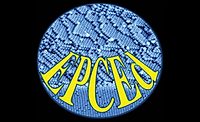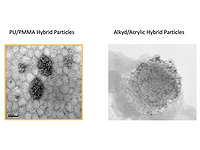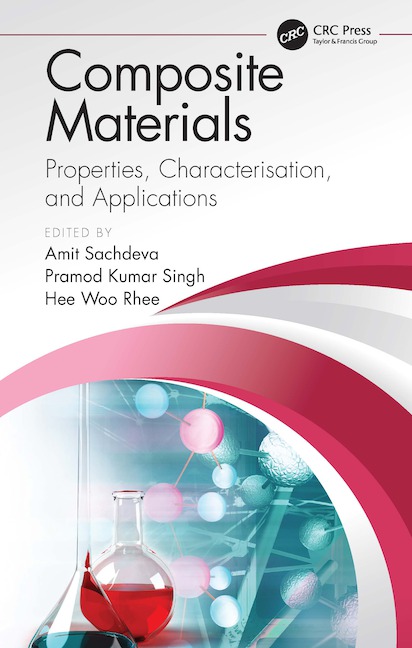DSC Can Be a Critical Tool for Determining Morphology of Composite Latex Particles

Did you know that differential scanning calorimetry (DSC) can be an important, even critical, analytical tool for determining the morphology of composite latex particles? Those who are responsible for providing reliable analyses for establishing the phase structure of composite particles know that complete characterization is quite challenging, sometimes complicated, and often lacking for suitable methods. To be complete, one needs to establish 1.) the degree to which the two polymers are physically separated within the particle; 2.) the amount of interfacial polymer between the separated phases; 3.) the relative locations of each polymer in the particle; and 4.) the polymer composition at the periphery of the particle (i.e. at its water interface).
TEM (and sometimes AFM) can be very helpful for #3 above – but it is not generally a quantitative analysis and is dependent upon one’s ability to selectively stain the polymers for contrast in the electron beam. Sample preparation and correctly focusing the beam can be challenging and potentially lead to errors of interpretation. Surfactant titration can be useful in determining the polymer composition at the particle surface. Acid comonomers can complicate such measurements, but one can turn to acid titrations with base to determine the amount of acid copolymer in the external region of the particle, but not necessarily that at the very surface of the particle where the surfactants adsorb.
Items 1 and 2 above can be quantitatively measured by DSC. When the two polymers have Tgs more than 20 ºC apart, the DSC signal (see plot below) can yield the amounts of “pure” polymers and the amount of interfacial polymer (Thermochimica Acta, 568, 20-30 (2013)). It cannot tell you where the polymer phases are located in the particle. However, it is the first, best analytical measurement that we recommend be done for composite particles and can suggest whether or not going to the TEM will be worthwhile.
Additionally, the DSC data (especially in derivative form as shown below, where the sample labeled “SOI” represents the “as polymerized” sample, and the “seed” is the acrylate polymer) can yield information about the uniformity (or lack thereof) of the copolymer composition of either “pure” polymer.
We will treat that subject in our next "Did you Know?" column. As always, we welcome your questions and comments at www.epced.com.
Looking for a reprint of this article?
From high-res PDFs to custom plaques, order your copy today!









